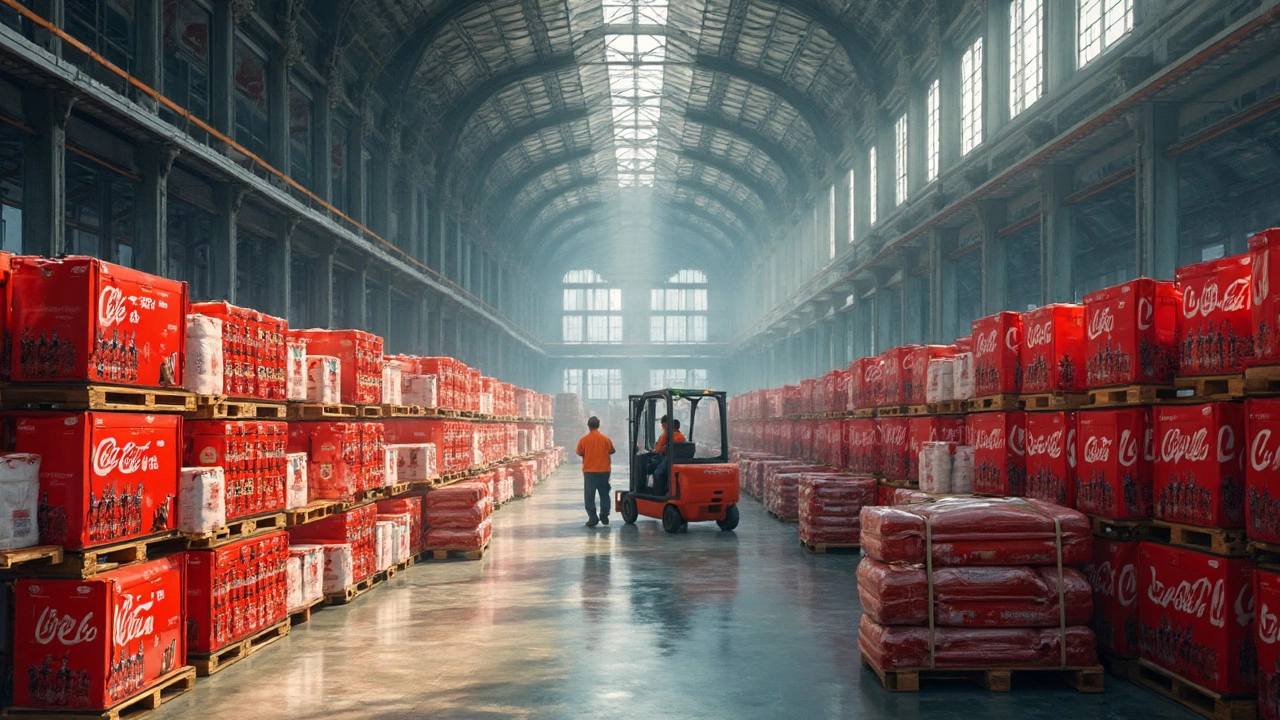Raw Materials: What You Need for Home, Packing and Delivery
When you’re fixing up a room, sending a parcel, or moving house, the right raw materials make the whole process smoother. Think of them as the building blocks that hold everything together – whether it’s a sturdy box, a protective sheet of bubble wrap, or a sturdy tape roll. This guide walks you through the basics, so you can pick the best options without over‑thinking.
Why Raw Materials Matter in Packing
Raw materials are the first line of defense against damage. A flimsy corrugated box can collapse under a few books, while a high‑quality one keeps them safe. Same with cushioning: cheap foam peanuts might shift around, but proper bubble wrap or biodegradable packing peanuts lock items in place. Choosing the right material also saves you money. When you use a box that fits perfectly, you avoid extra shipping weight and lower your postage cost.
Beyond protection, raw materials affect sustainability. More businesses and homeowners are opting for recycled cardboard, recyclable air pillows, and plant‑based tape. These choices cut down waste and often perform just as well as traditional options. If you’re mindful about the environment, look for certifications like FSC for wood‑based products or “recycled content” labels on packaging.
Choosing the Right Materials for Your Projects
Start by matching the material to the item’s fragility. Heavy items such as appliances need double‑wall boxes and strong packing tape. Delicate goods like glassware benefit from layer‑by‑layer cushioning and dividers. For moving large furniture, consider furniture pads, stretch wrap, and edge protectors – all are raw materials that prevent scratches.
Next, think about the shipping distance. Long‑haul shipments face more handling, so you’ll want extra reinforcement. A simple tip: add a piece of cardboard to the inside of the box lid for extra rigidity.
If you’re working on a home project, raw materials include items like untreated lumber, metal brackets, and sealants. Always check the grade of the material – a higher grade can mean less warping or rust later on. When you buy in bulk, you’ll often get a better price per unit, which is handy for both DIY enthusiasts and small businesses.
Finally, don’t forget about the accessories that make using raw materials easier. A good box cutter, a tape dispenser, and a measuring tape are low‑cost tools that boost efficiency. Keep them close at hand, and you’ll spend less time searching and more time getting things done.
Bottom line: raw materials are the unsung heroes of any packing, moving, or home improvement job. Pick sturdy, appropriately sized, and environmentally friendly options, and you’ll see fewer broken items, lower shipping fees, and a greener footprint. Ready to stock up? Start with a few versatile boxes, a roll of strong tape, and some bubble wrap – you’ll wonder how you ever managed without them.
Curious about what goes into each Coca-Cola bottle? This article breaks down the origins of Coca-Cola's key ingredients, from sugar to flavorings, and explains how they manage global sourcing efficiently. You'll find out where and how these raw materials are collected, plus some little-known facts about their supply chain. Learn why warehouse solutions play a big part in keeping production fast and reliable. By the end, you’ll see what it takes behind the scenes to get that familiar soda onto your shelf.
Apr, 28 2025
